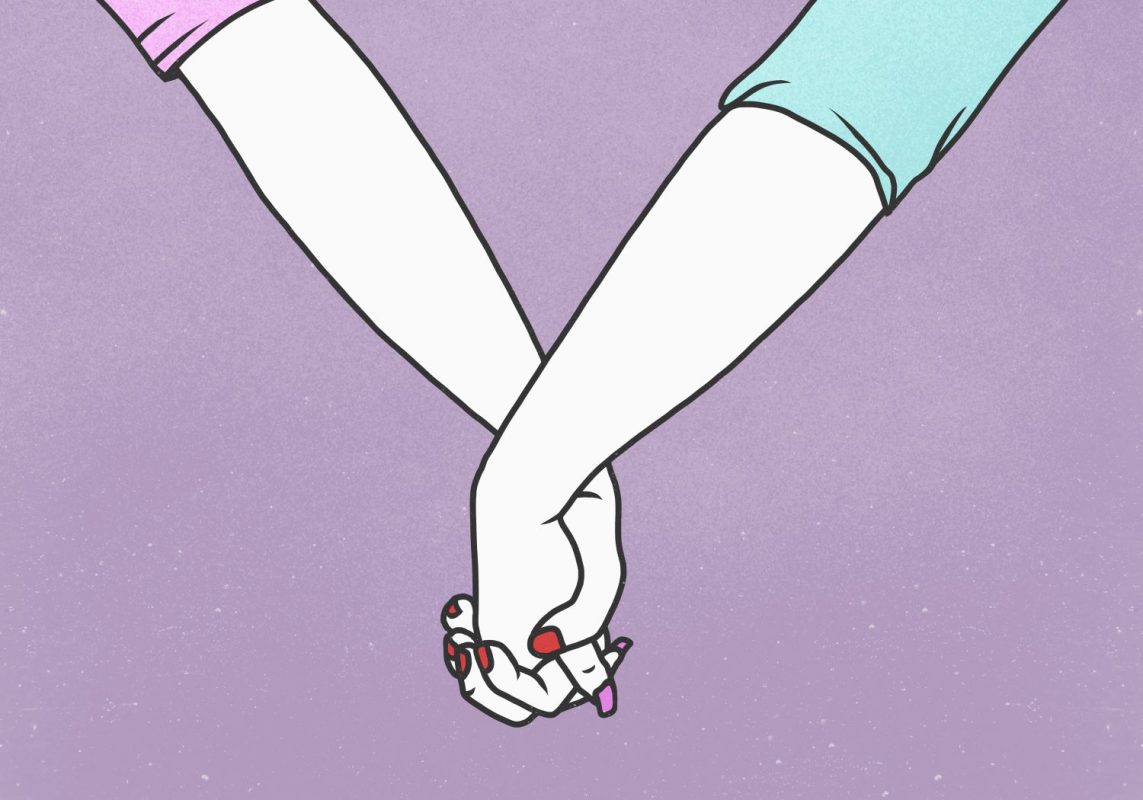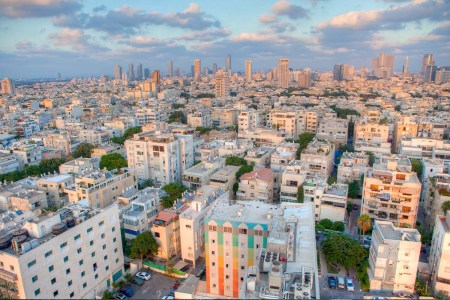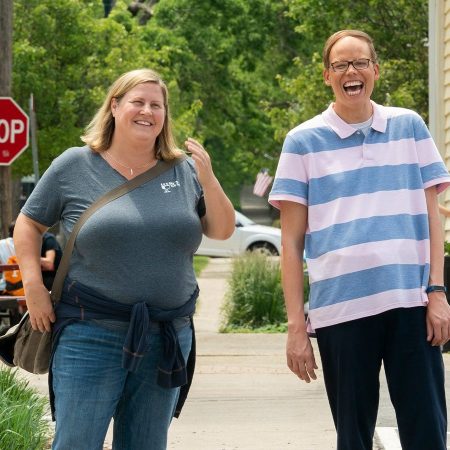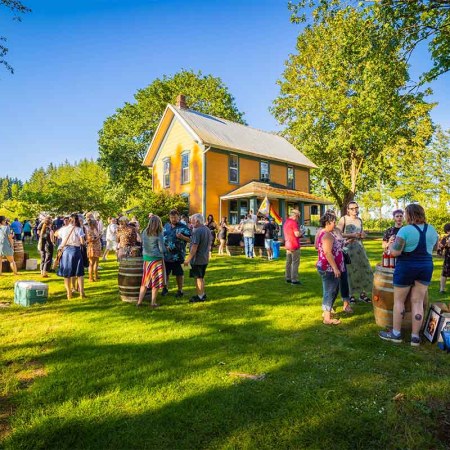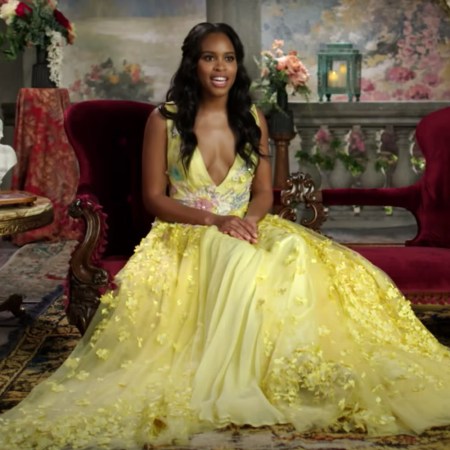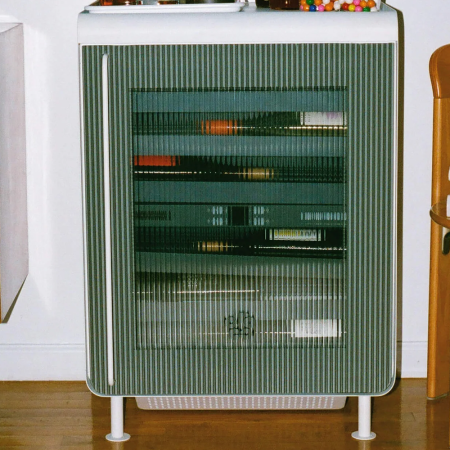The queer reality dating show canon is small but formidable. What grew from humble beginnings—the now-cringe A Shot At Love with Tila Tequila and Boy Meets Boy—is now an ever-deepening pool of trashy-but-touching television that champions queer plotlines and more closely reflects the reality it’s meant to portray. Joining the party next month will be the second season of Netflix’s The Ultimatum, which will feature a cast of all-queer contestants vying for an engagement ring.
Viewers got a taste of The Ultimatum’s style with Season 1, where six existing couples had to either end the show with an engagement or call off their relationship altogether. And of course, for optimum mess, the contestants all had a chance to get to know one another (wink wink) to test the stability of their own relationships. Like most reality dating TV, Season 1 followed a predictable pattern of hetero couples fighting and making up and fighting some more. But Season 2, which is set to air May 24, will feature five LGBTQ+ couples who will undertake the same challenge to determine who they want to spend the rest of their lives with—and, judging by the teaser trailer, will fight, make up and fight some more.
Though reality dating TV has captivated audiences since the late 90s, queer representation has lagged behind. Most early attempts at inclusion used queer sexuality as a stunt for the amusement of straight contestants and viewers, sending the message to 12-year-old VH1 stans like me that my own queer sexuality was little more than a spectacle. To that end, watching Tila Tequila make out with hot girlies in bikinis on camera was about as fun as it could be while cloaked in a shame blanket on my twin bed.
How Tel Aviv Became the Queer Epicenter of the Middle East
The Holy Land is a surprising sanctuary for LGBTQIA+ rightsToday, viewers have access to a trove of LGBTQ+ reality dating content. (It’s a petite trove, but a trove nonetheless.) While few series are dedicated entirely to the search for queer love, several otherwise hetero shows have structured seasons or plot points around iconic LGBTQ+ moments. One of the most celebrated, Season 8 of MTV’s Are You The One?, featured a cast of pansexual singles as they got comfy and unfiltered, sharing steamy makeouts, booze-fueled shouting matches and even tender details about one contestant’s gender transition.
Fans of Love Island Australia saw the franchise’s first and only same-sex coupling in 2019 when Phoebe Thompson and Cassie Lansdell made waves with their surprise pairing. Season 6 of Bachelor in Paradise saw Demi Burnett get engaged to Kristian Haggerty, also in 2019. Amazon’s The One That Got Away featured gay couple Jeff Perla and Alex Van Gurp in 2022. And this year, Stormy Daniels hosted a new show called For The Love of DILFs, in which mostly shirtless “himbos” and “daddies” compete for love in teeny tiny shorts.
Whether there should be more LGBTQ+ dating shows is conceivably up for debate. Mainstream reality TV tends to perpetuate norms that certain queer communities may attempt to escape—like ideals of beauty that covet whiteness, thinness and rigidly binary gender presentation. Plus, most dating shows hinge upon traditional relationship milestones, like monogamy and marriage, that more and more people—queer and otherwise—are eschewing in their own lives off screen. Still, representation is representation, and the more unabashed on-screen queer love the better.
Whether you’re looking to get into shape, or just get out of a funk, The Charge has got you covered. Sign up for our new wellness newsletter today.
